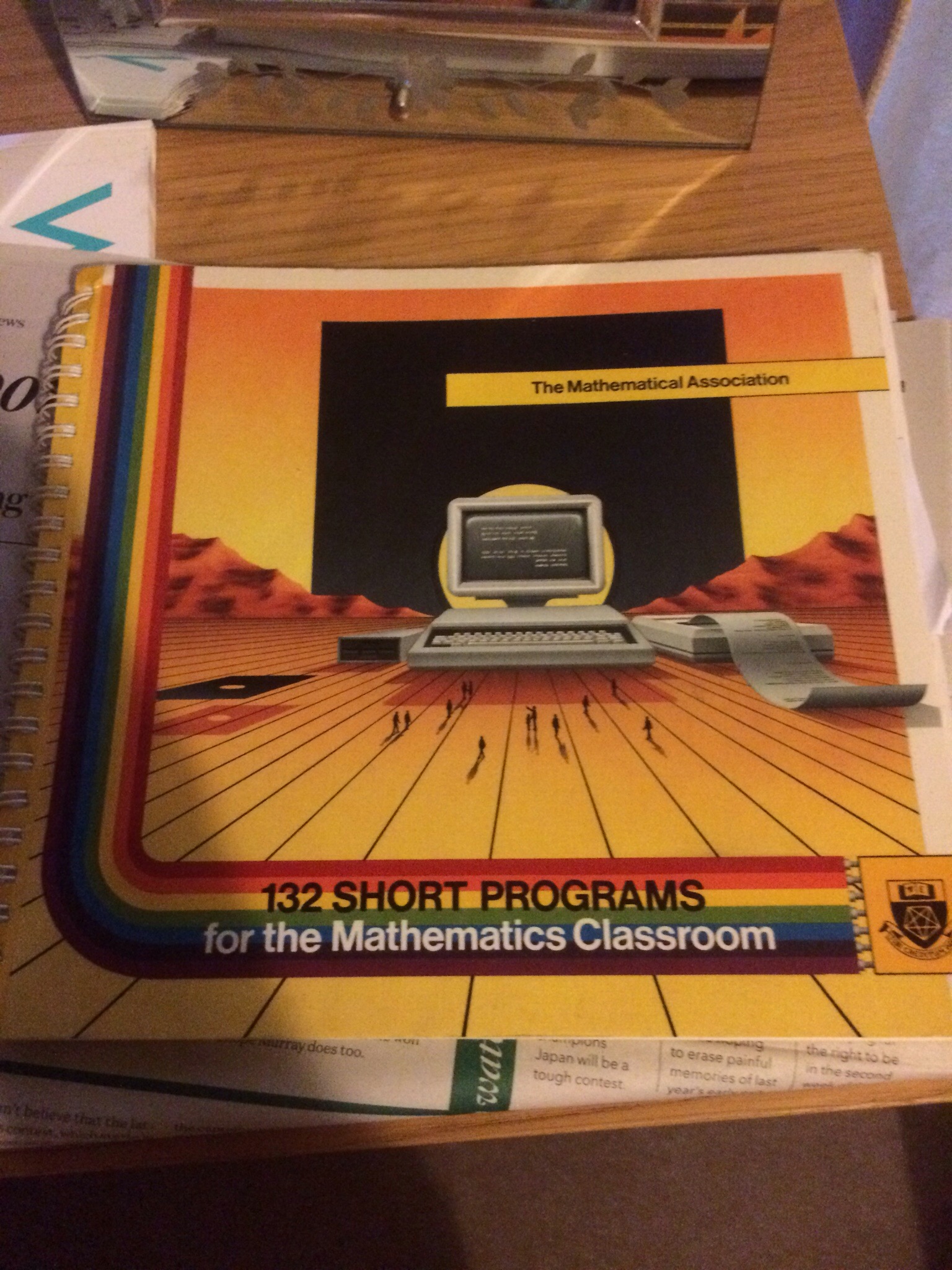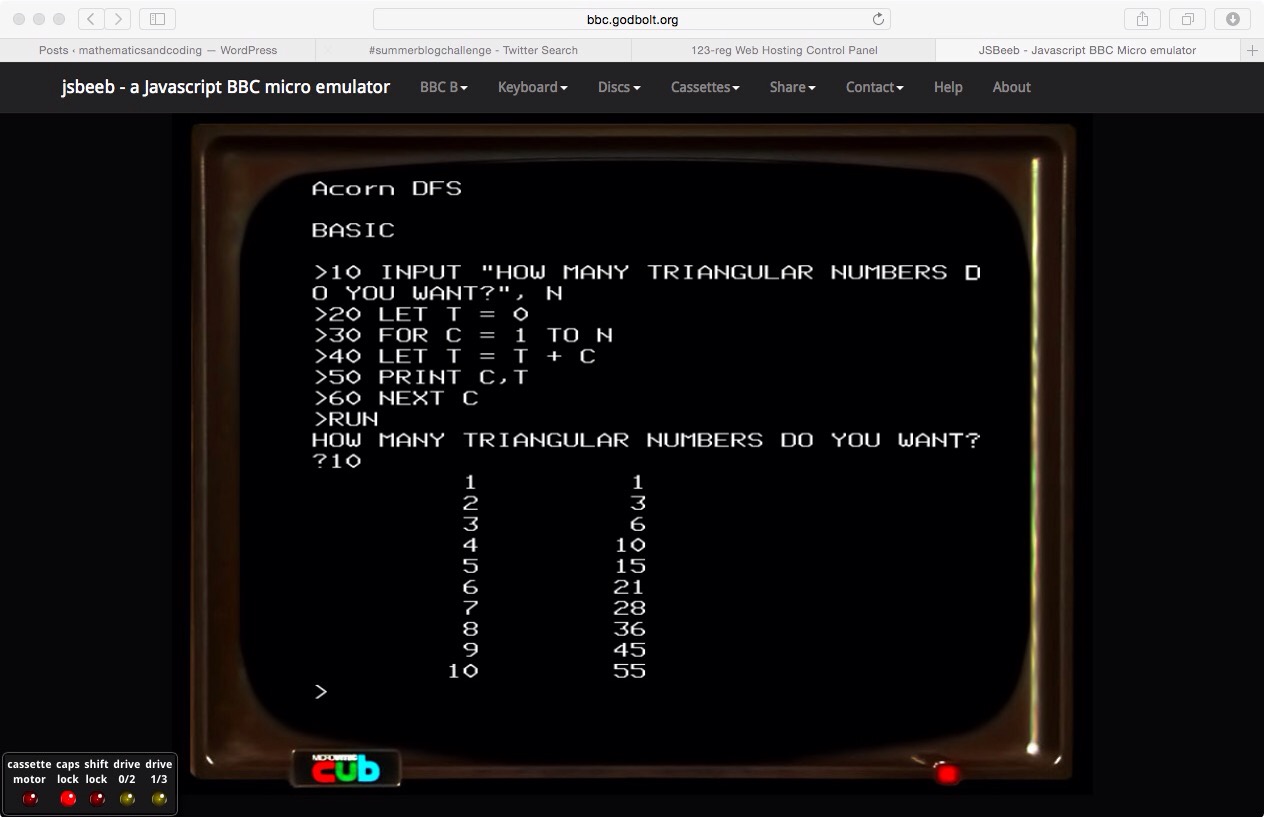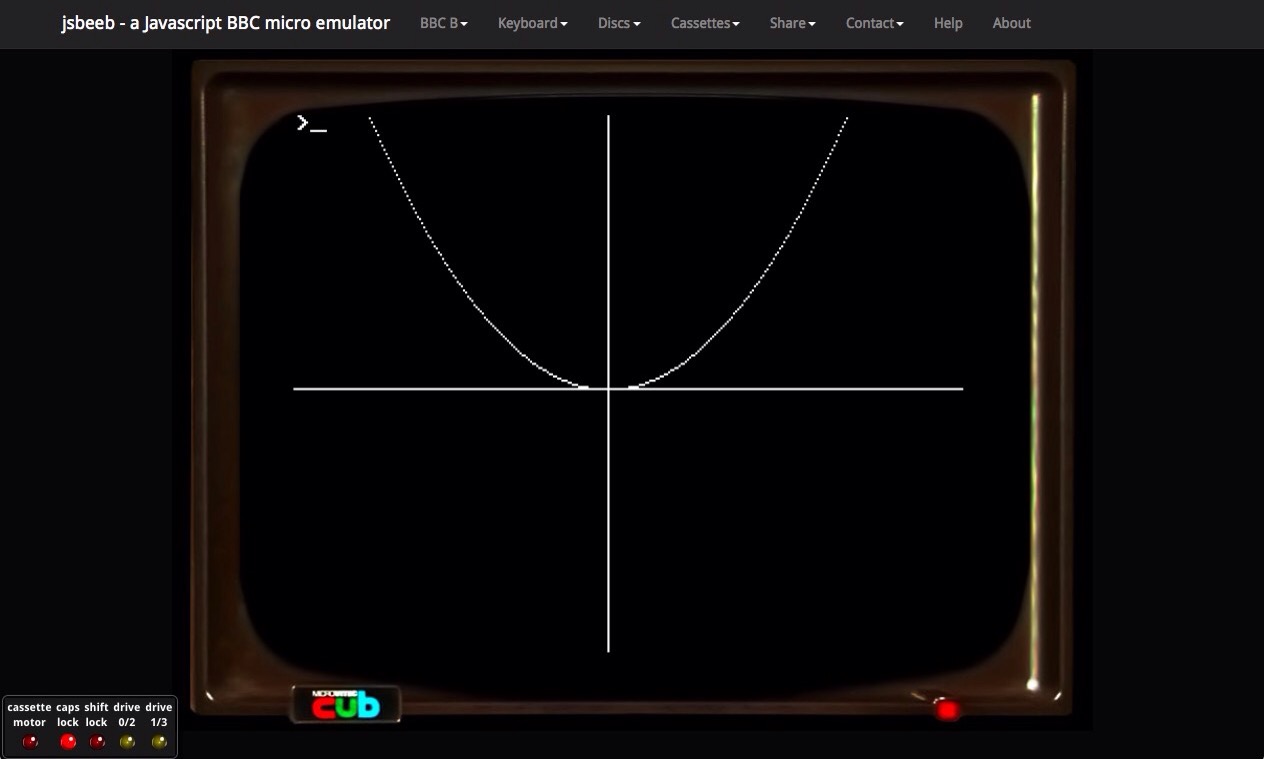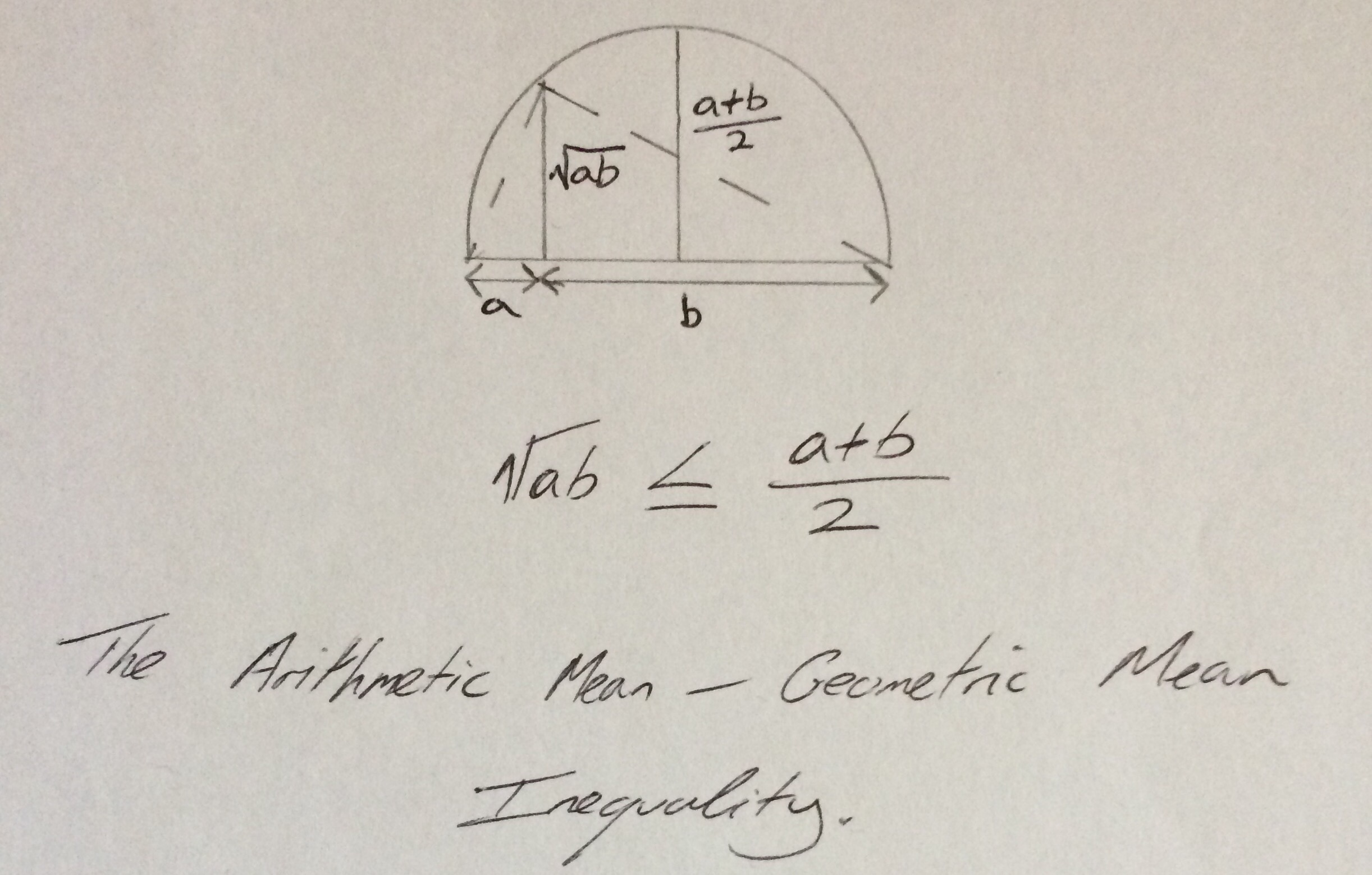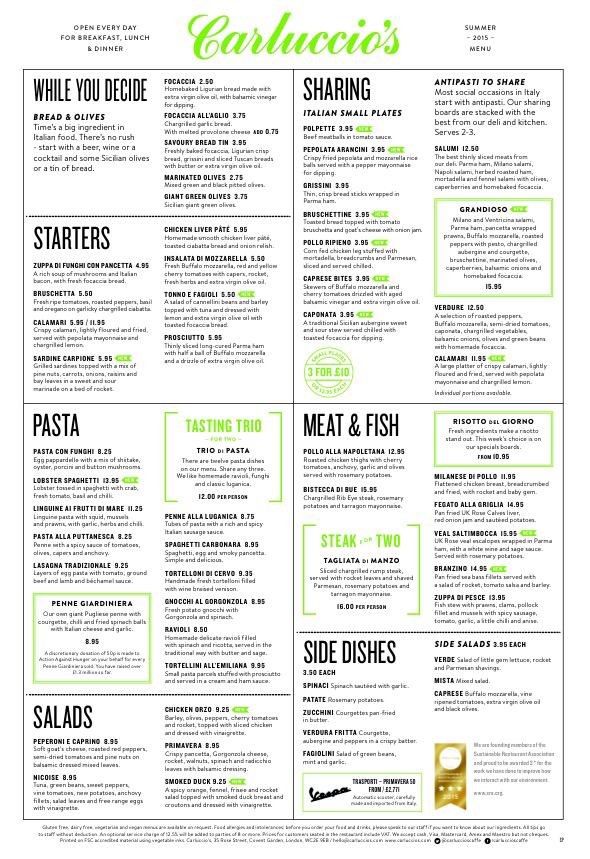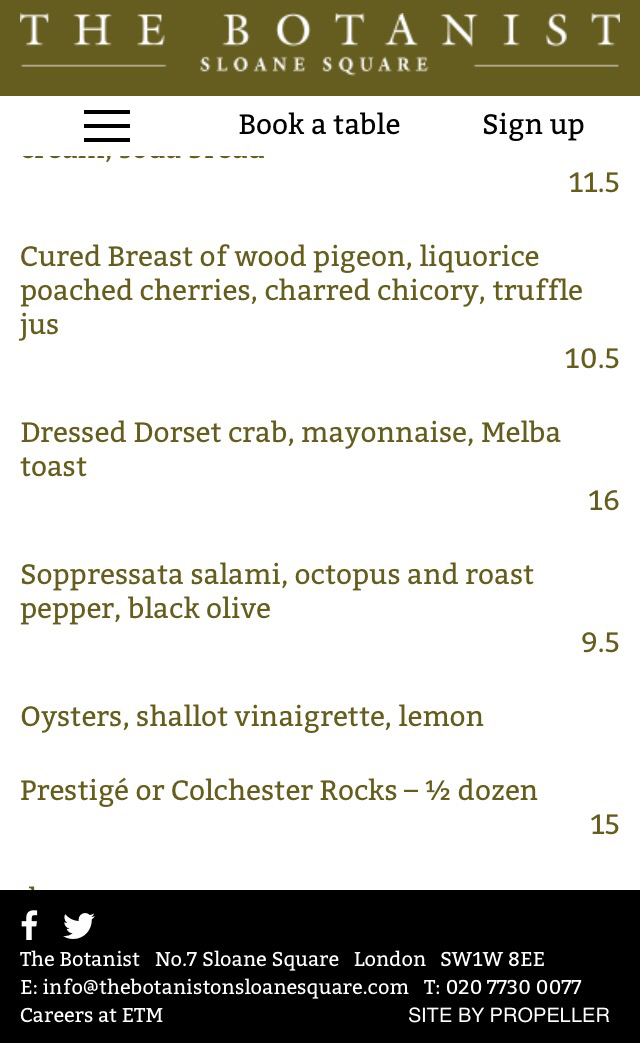So, here is issue 88 of the Math(s) Teachers at Play blog carnival. This acts as a round up of some cool blog posts that have been published since issue 87 over at cavmaths. As usual people have submitted entries, which I will supplement with some posts that I have really enjoyed reading in the last few weeks.
It is tradition for the post to start with something about the issue number so here goes!
Firstly, here are a few calculations that result in 88 (taken from Zoo of Numbers
\( \begin{align} 88 &= 23^2 – 21^2 \\ &= 13^2 – 9^2 \\ &= 4^2+6^2+6^2 \\ &= 2^3+2^3+2^3+4^3 \\ &= 3+4+5+6+7+8+9+10+11+12+13 \\ &= 17+ 19 + 23+29 \end{align} \)
88 is also an Erdos-Woods number. An Erdos-Woods number, \(k\) is defined to be the length of a chain of numbers \(n,(n+1),(n+2), \cdots + (n+k)\) such that each integer \(n+i\) for \(0<i<k\) shares at least one prime factor with either \(n\) or \(n+k\).16 is an Erdos-Woods number because for each number in the chain
\(2184,2185, \cdots, 2199,2200\)
shares at least one factor with either \(2184\) or \(2200\). TheErdos-Woods numbers are sequence A059756 in the Online Encyclopedia of Integer Sequences, the first few are as follows
\(16,22,34,36,46,56,64,66,70,76,78,86,88,92,94,96,100 \)
I am now wondering if there is a nice way to compute Erdos-Woods numbers, yet another thing to look at when I get the chance…
Right, I had some really interesting submissions this month.
Jo Morgan (@mathsjem) shared this great post about Teaching Foundation GCSE (Grades 9 and 10 in the States) classes. This is one of her most popular posts of all time, and it contains some great tips for engaging those students who really struggle at maths – I know I will be returning to it when I am teaching Foundation GCSE.
Lisa (I can’t find her on Twitter unfortunately) shared an article she has written for the Huffington Post titled “Reconsidering Math as an Art Form”. It was inspired by Paul Lockhart’s essay a “Mathematician’s Lament”. I agree with Lisa and think this should be essential reading for mathematics educators. I particularly liked his comparison of the teaching of Mathematics to the teaching of music – I fundamentally believe mathematics is as creative as any of the creative arts and it is a massive shame that a lot of school children don’t see this side of maths.
Stephen Cavadino (@srcav) shared this amusing post linking a “Quirk of Probability” to a mobile game. I really enjoyed reading this before I received the submissions, and it was nice to be reminded of it.
April Freeman (who blogs here) has a post about using bundles of popsicle (or ice lolly sticks) to help with the understanding of place value for her daughter. I think this could be a useful technique to help with the visualisation of place value.
This nice review of a year of running a maths club for 4th and 5th graders by Benjamin Leis is well worth a read, there are some great tips that are applicable to general teachers as well as those running extra-curricular clubs. The Yearly Topics Map on his blog also contains links to some really nice resources.
Mrs E (@MrsETeachesMath) has shared this fairly short post on introducing proof. Proof is always a topic that is relatively challenging to teach. The ordering a story idea is a nice analogy to emphasise the importance of logical thinking when completing a mathematical proof.
Christy (@housefulofchaos) is a homeschooler based in Ontario and she submitted this on “Minecraft Multiplication Practice”. I confess I’ve never played Minecraft, but I am now very intrigued by this detailed post on a way to make multiplication more interesting. I’m also very curious about the online course she is running on Minecraft Maths, I wonder if I would be allowed to join?!?
Pea has shared a post on using concrete manipulative to teach the addition of fractions. Too often addition of fractions seems to be based on rote learning and I like how the understanding is at the fore-front of this approach, and I like the fraction discs.
Denise Gaskins (@letsplaymath), the organiser of this carnival has shared this fantastic post on introducing infinite series to children with a puzzle courtesy of Don Cohen and an additional puzzle for older children from James Tanton. The infinite series approach to the solution of James Tanton’s puzzle is amazing, and I certainly don’t think I would have come up with it – I used similar triangles! I hadn’t seen Don Cohen’s “Map of Calculus for Young People” before, or looked at Don Cohen’s site; I’ll be spending more time here!
The final submission comes from Manan (@shahlock) who has shared his comic for Pi approximation day. I love Manan’s comics, make sure you check out the others.
I came across this site examining the maths of banknote patterns, it is a really interesting read. I had n’t really considered the mathematics behind these patterns and I will certainly be exploring them more in the future. I came across this article thanks to Colin Beveridge (@icecolbeveridge) who tweeted it alongside this Desmos sheet . Colin has also recently shared his Mathematical Journey (in response to this post of mine), it is a really interesting read, and contains some useful advice for any budding mathematician.
Danny Brown (@dannytybrown) has, in the last couple of days shared this long post about mathematical teaching styles. I promise it is worth spending time to read to the end!!! Get involved in the conversation about it on Twitter to.
Because of my background I am very interested in computer programming and the benefits this can bring to mathematics education. I have been looking at some early programs designed to be used in the maths classroom for the BBC Micro and have discovered an emulator by Matt Godbolt (@mattgodbolt), he has a video describing the coding of this available here.
Finally a few of us our taking part in a challenge to write a blog post every day of the summer holiday, the index is available here. At the moment it is me, Christine Norledge (@MissNorledge), Kim Thomas-Lee (@kimThomasLee), Mark Wilson (@mwimaths), Archbishop Sancroft High School maths department (@ASHS_Maths), @funASDteacher and Jennifer Stice (@mathchick5) taking part. We would love you to take a look t our posts and maybe join us in the challenge?
The next edition of this blog carnival will be at Mrs E Teaches Math.

